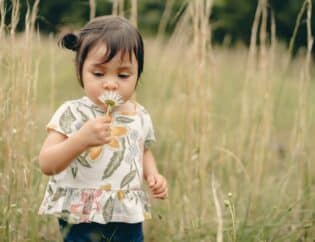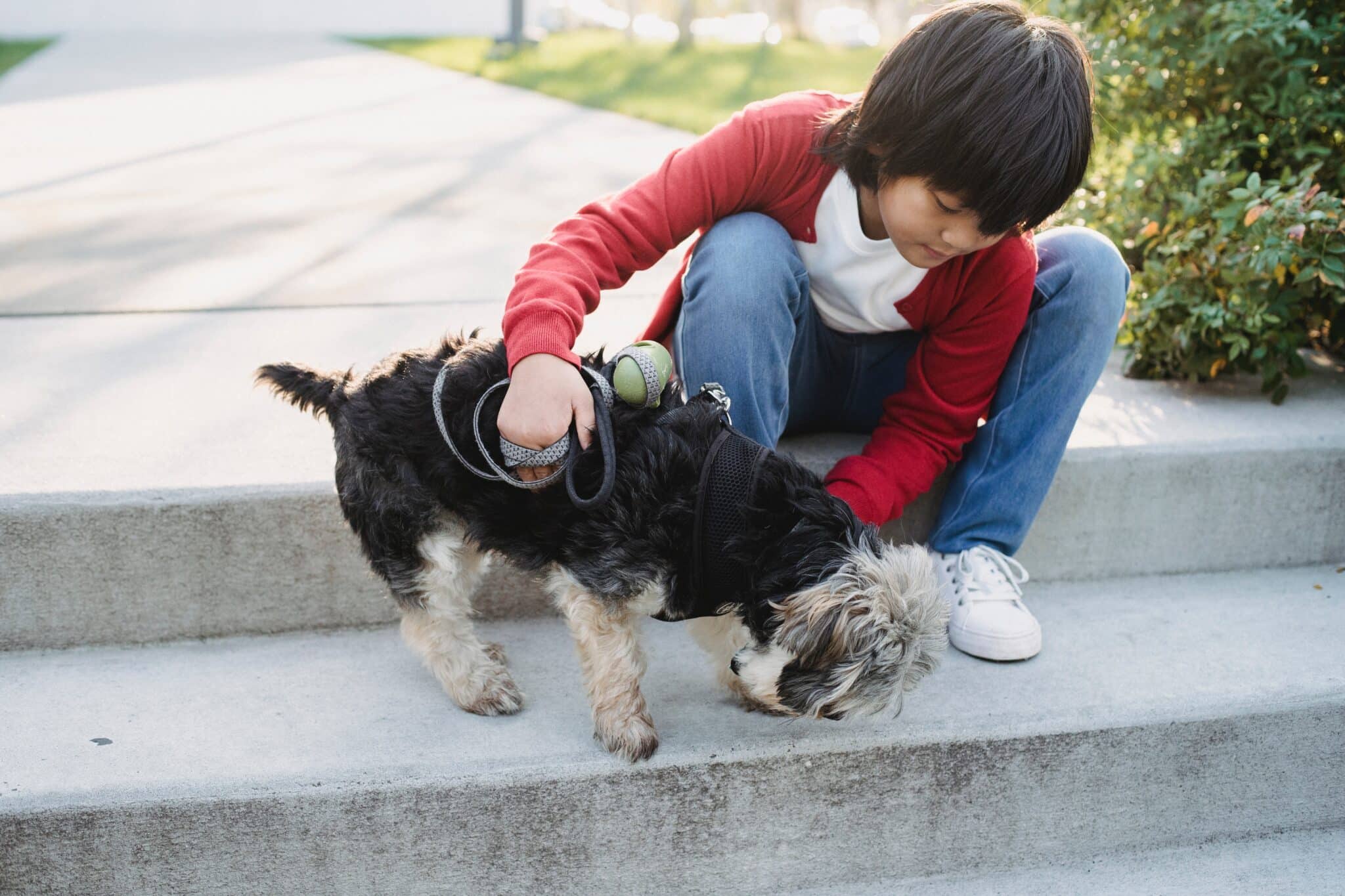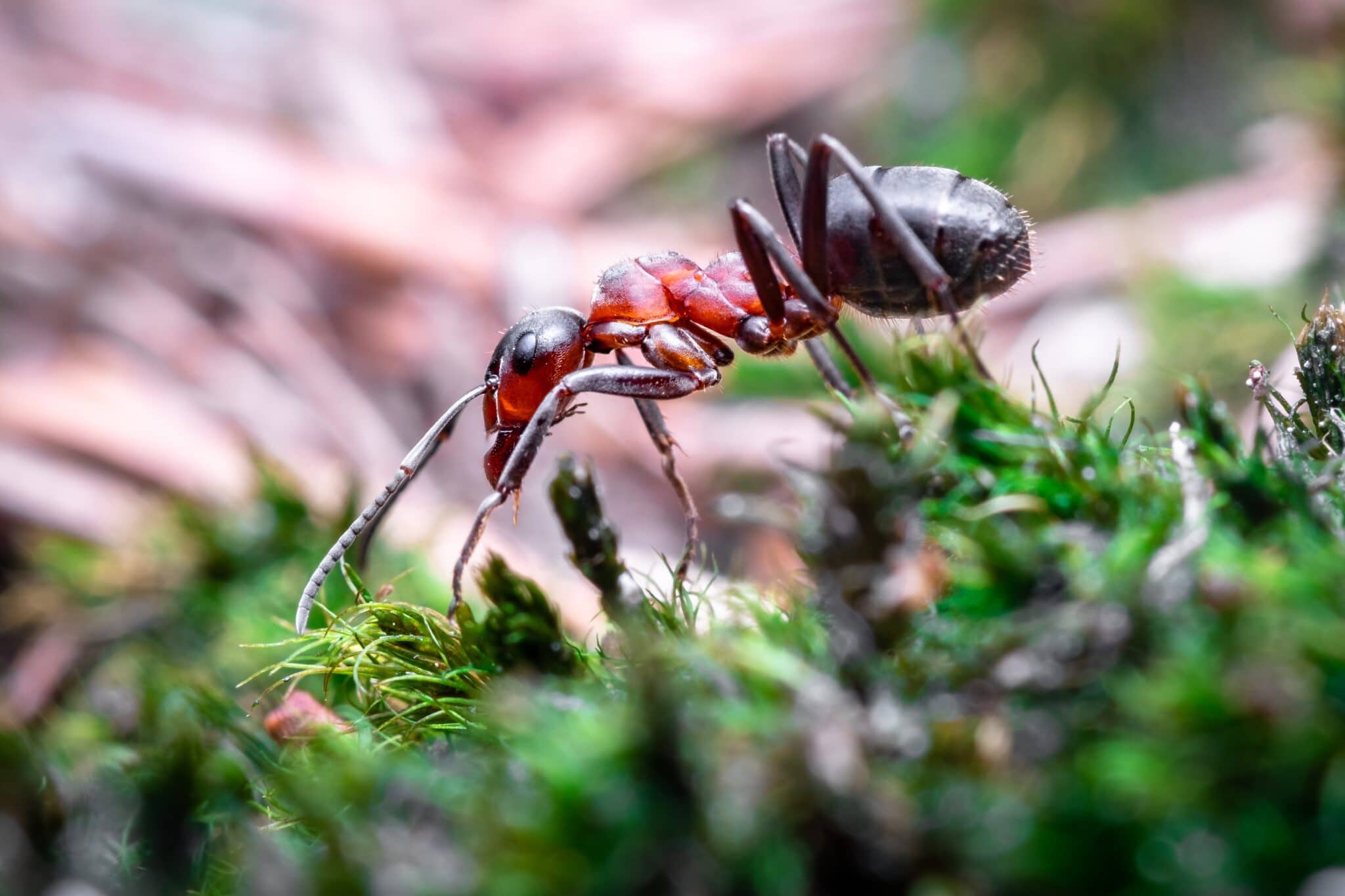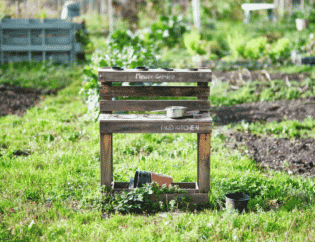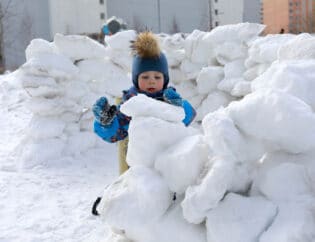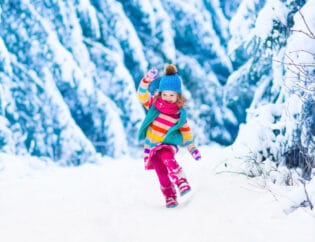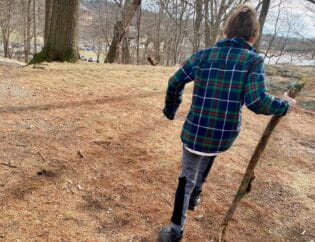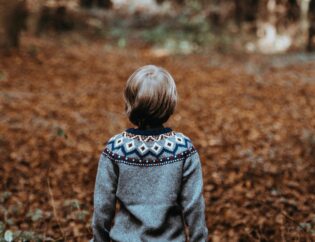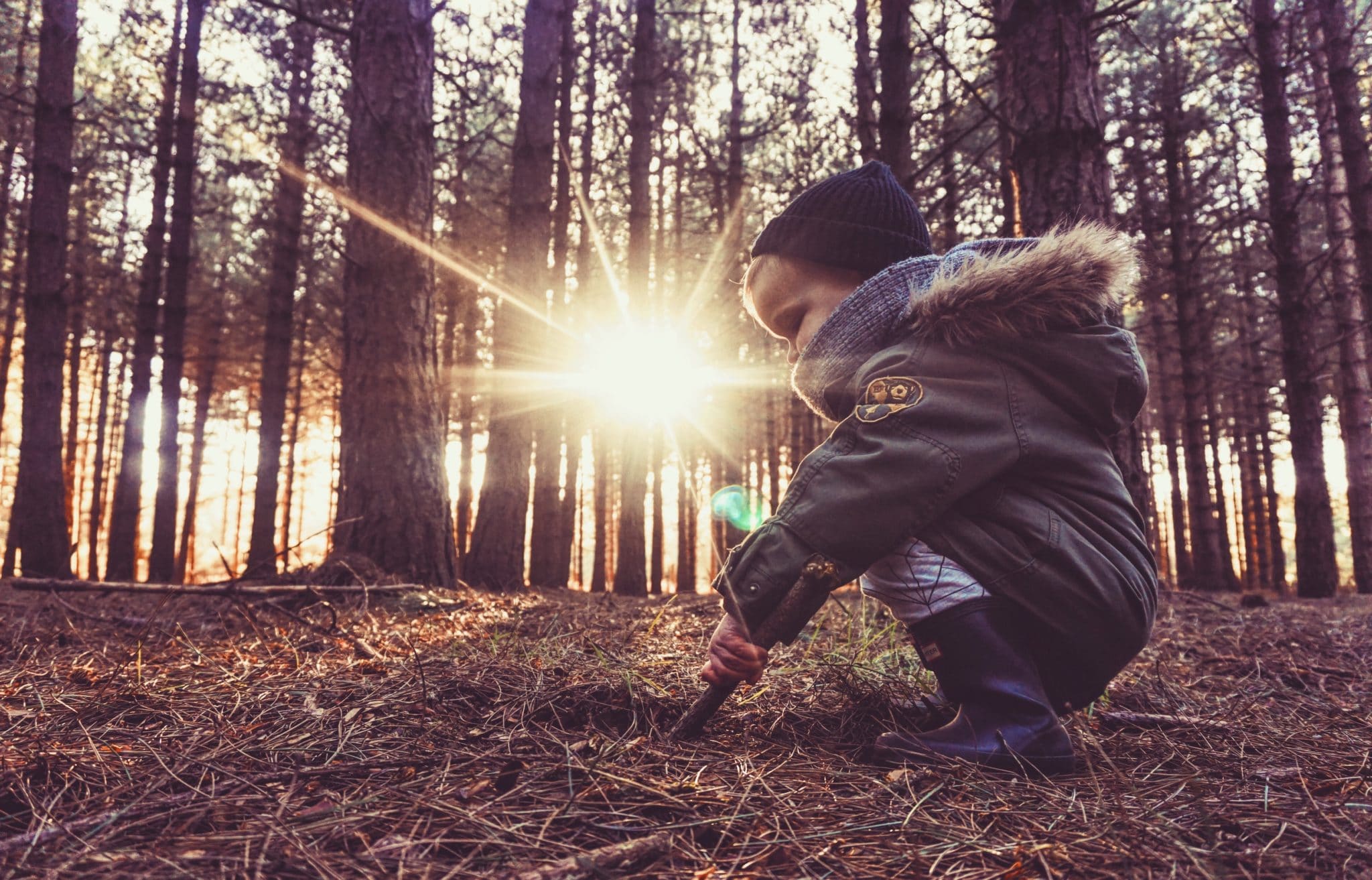
Sensory Processing Disorder. If you’re a parent, you’ve likely come across the term that some say is the new ADHD.
Sensory Processing Disorder or SPD refers to difficulty integrating information from the senses. In children, it might show up as heightened sensitivity to noise, light or even clothing. According to the Child Mind Institute, parents may also that their child is a little more clumsy, has trouble climbing stairs, or with fine motor skills like writing or fastening buttons. It’s one reason why fidgeting has become more prevalent and why kids are hitting with more force during a game of tag
Parents of children with these issues often see the first signs in the toddler years. As a preschooler, my own child practically jumped out of his skin whenever the hand dryer would go off in a public bathroom.
Why are kids showing up with more of these symptoms? Some experts say it’s because kids are just not moving around like they used to. Specifically, they are not moving around with typical childhood abandon in the outdoors. Today it is rare to find children rolling down hills, spinning in circles just for fun, or climbing trees. In fact, our society often discourages this type of play due to liability issues and fear of falls.
Angela Hanscom, a pediatric occupational therapist, who founded the international nature play program TimberNook is a pioneer in the field of nature-centered developmental programming. Hanscom says that children’s alienation from the outdoors means they are not developing their full sensory abilities.
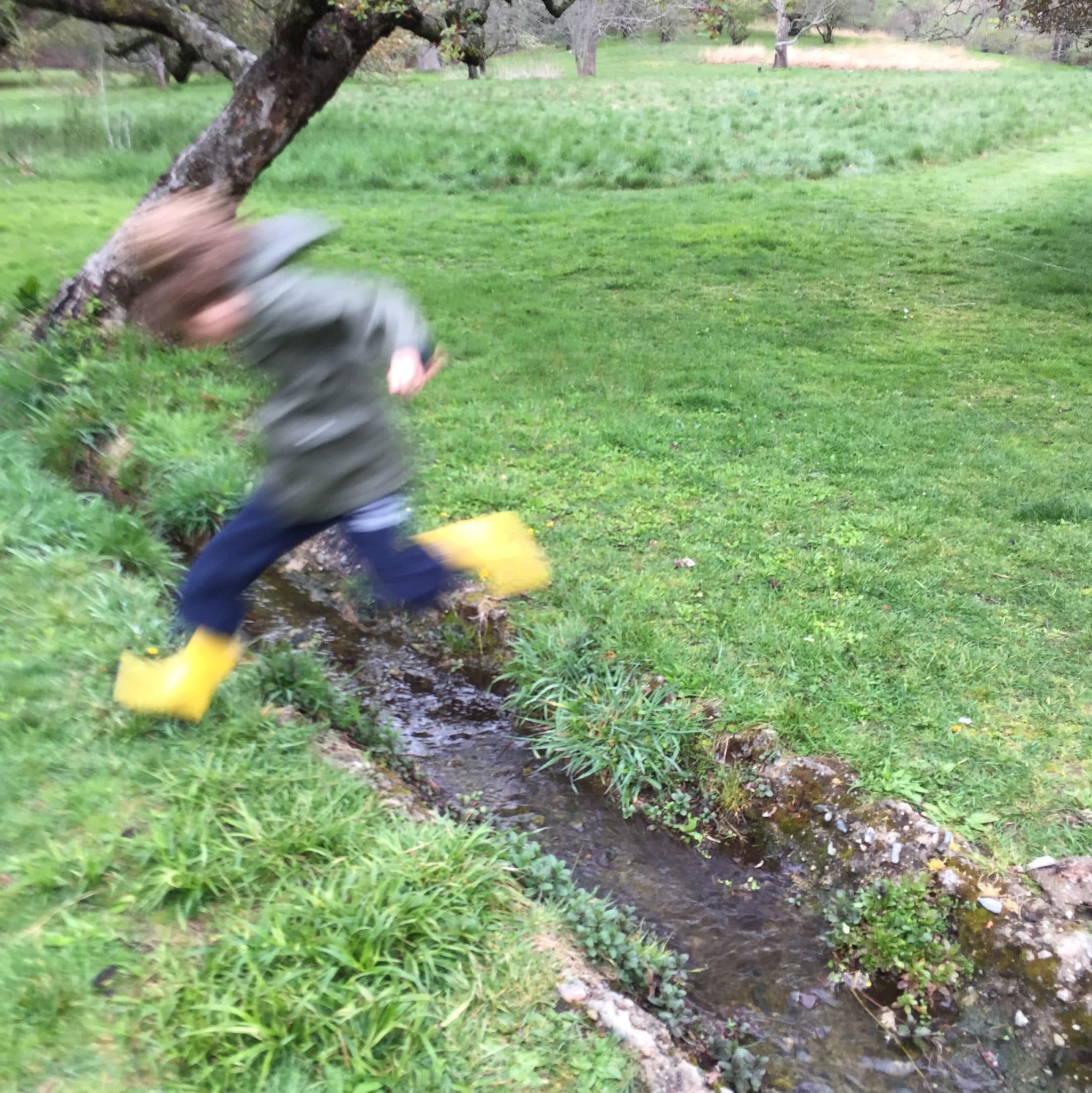
But it’s not undoable. Her programs put the sensory benefits of outdoor play to work to help children integrate their senses in the most natural of ways. As Hanscom wrote in a blog for the Children & Nature Network, “I view nature as the ultimate sensory experience for all children and a necessary form of prevention for sensory dysfunction.”
To help children explore sensory curiosity, Angela allows kids freedom to explore nature at their own pace. Her programs incorporate such "high tech" approaches as exploring mud puddles, walking barefoot on logs, building forts and climbing trees-- all of which can enhance coordination, activate problem-solving and provide much-needed sensory experiences.
Timbernook’s programs are increasingly being used around the world in after-school programs. But you can start using nature-based play for sensory development with your own child today-- in your own backyard or beyond.
The outdoors naturally challenges a child senses with the many sounds, smells, textures, temperatures, and colors it offers. To encourage sensory exploration, find a spot where your child can walk barefoot on different surfaces-- grass, sand, mud, logs, rocks-- run their fingers through mud or sand, play in a water pool or build with natural elements.
One way to engage your child’s senses is with a sensory trail. A sensory trail has a series of experiences along a route that are designed to engage the different senses and immerse us in a multi-sensory journey.
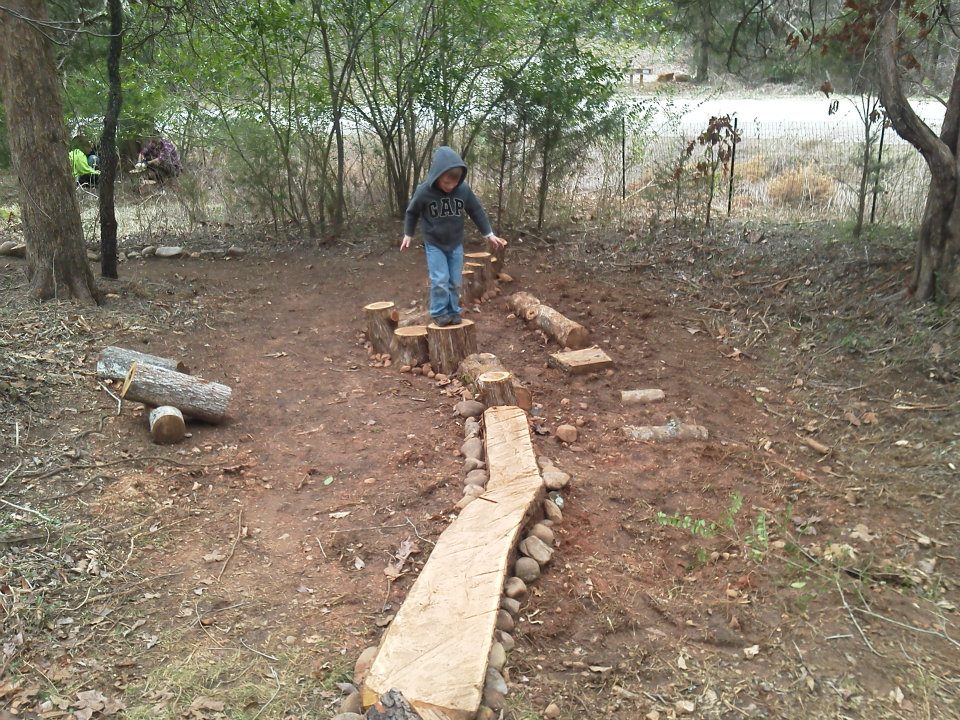
You can set up a sensory trail with both natural and man-made sensory experiences. Make sure to include logs for walking/balancing on and access to sticks for fort building. Bring in manmade elements like water containers and pails and shovels for setting up mud kitchens. Plan a garden of smell, taste, and sight stimulating plants in a sensory garden along your trail. Think mint for taste, sunflowers for sight, moss for touch.
Just remember not to overthink it. Getting kids outside to feel bark, run their fingers through mud and taste nonpoisonous leaves or flowers should be as natural as you can make it. Let your kids drive the action. And watch them develop sensory superpowers!
Read next! How to Design a Sensory Trail & Garden


